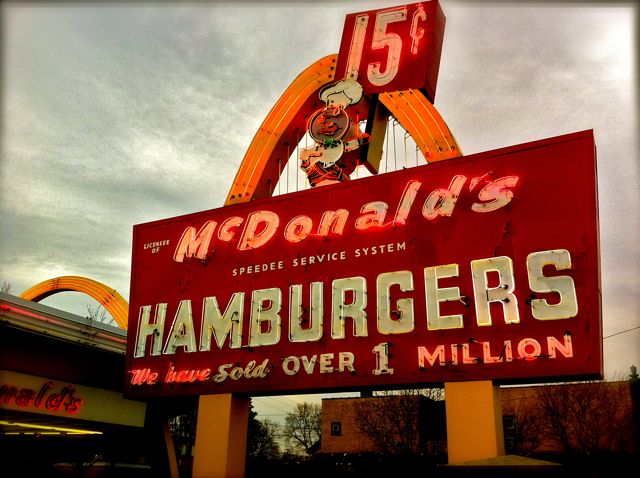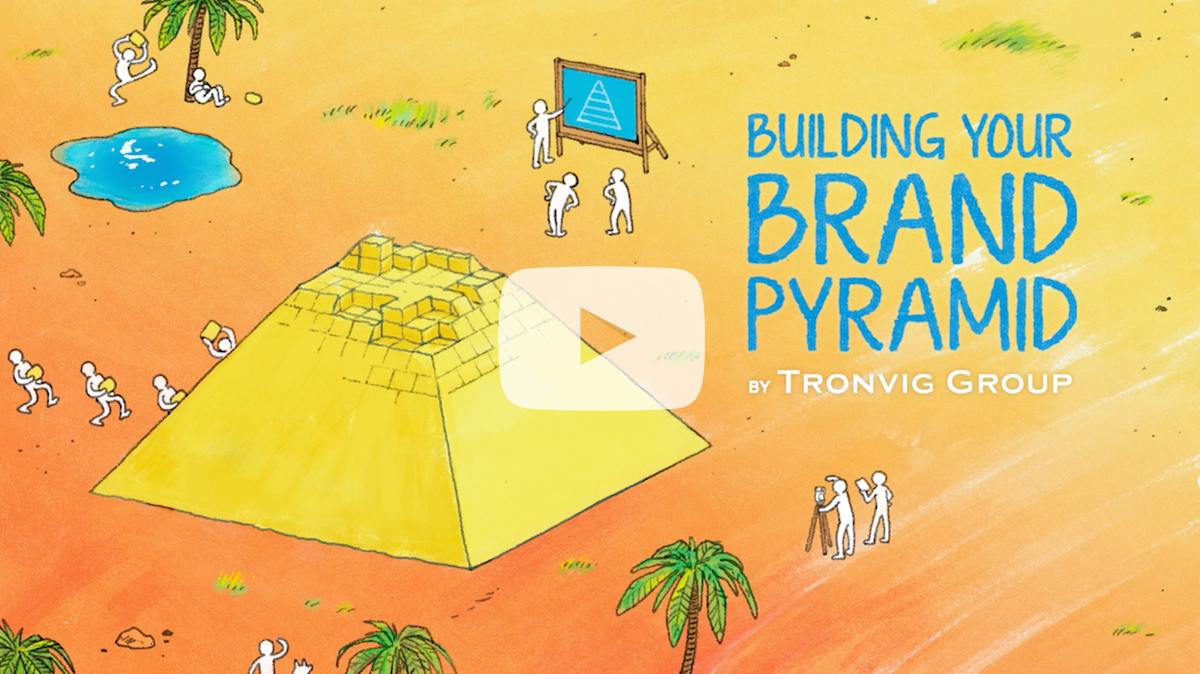Let me ask you this question: “Why has Burger King never been able to even come close to McDonald’s?”
They both sell essentially the same products, they both have access to the same ad agencies and marketing consultants. So what’s the difference?
Think about your answer before you read the next sentence.

I used this example in a workshop recently, and someone objected rather vociferously, “But McDonald’s fries are better!” I would argue that this actually supports my contention because her emotional connection to the McDonald’s brand effectively nullifies her capacity to be objective about the product. The emotional bond she forged with this brand and its products (including the fries) as a child, through anticipation of a prize in any number of Happy Meals, or the fun she had with her parents in the restaurants on trips, or the joy of romping through a McDonald’s playground after lunch, or all of these associative memories are collectively tied up with the McDonald’s brand in her mind.
These associations are subtly recalled every time she passes the golden arches on the freeway, or catches the aroma of french fries on the breeze. It’s a package built out of all those emotion (and oil) saturated experiences from her youth. (Please note: I’m not condoning this particular strategy, just pointing it out to illustrate a larger point.)
The difference between McDonald’s and Burger King is fundamentally a difference of brand strategy.
You, my dear reader, may have broken this bond. You may have moved on from eating at McDonald’s, but hundreds of millions of others remain unable to do so. That’s good business for them, but what’s important here for this illustration is that the difference between McDonald’s and Burger King is fundamentally a difference of brand strategy. McDonald’s is very conscious of what it is doing here, and the net difference of having this clarity and focus over time is huge. In 2012, the bottom-line difference between these two brands—both selling essentially the same short list of products to hungry consumers—was 27 billion dollars. That’s a BIG difference.
How does this apply to you? How does this apply to your business, your museum, your organization selling hope, or widgets, or whatever it is that you sell?
Good answers to the right questions make all the difference for brand strategy, and I am here arguing that brand strategy makes all the difference for success.
Good answers to the right questions make all the difference for brand strategy, and I am here arguing that brand strategy makes all the difference for success. Burger King is working very hard to perfect its process, its products, its marketing. McDonald’s does this too, of course, but the bigger brand strategy effort for McDonald’s is to make sure that their brand experience is consistently and effectively delivered 68 million times a day with special attention to kids. That’s a lot of times to deliver a brand experience. Their ability to effectively do so is reflected in the numbers.
So, here’s a key question for YOU as it relates to your brand strategy:
Among all your current and possible audiences, who is your single most important consumer? Who can be activated by you without requiring any change in their behavior? (Changing behavior is very expensive.) Knowing the answer to this seemingly simple question is very important if you want to use your limited marketing dollars effectively.
Now let’s change the inflection a bit, and look at this from the marketing strategy side:
If I was your chosen target, why would I care? What’s in it for me? Despite all the wonderful things that you do, all the great things that you bring to the world, the fact is that I do not buy what you sell. Let me say that again slightly louder so it will sink in. NO ONE buys what you sell. Not your visitors, not your donors, not me, not even your employees. Instead, we all buy what is of value to US. What are the emotional reasons underlying our relationship with your brand? What’s your Happy Meal, and how are you marketing it to me?
What’s your Happy Meal, and how are you marketing it to me?
Think about that.
No one can be good at everything. Most companies or organizations are only truly good at a very few things. Find those things for yourself. They will serve you well when it comes to devising and delivering your brand experience.
Tronvig Group, for its part, is really good at sorting out these issues for you, and we are especially good at getting you to understand your true strengths, and what your target audience values, because it is precisely the intersection of these two things that opens up marketing opportunities.
Most companies or organizations are only truly good at a very few things. Find those things.
Brand strategy basics: Do less. Achieve more.
Genuine answers to the above questions lead to a brand strategy, and brand strategy applied through marketing tactics can prevent you from spending a lot of time and money on things that are essentially just tactical experiments. Instead, you will be able to test the market in the context of a coherent strategic hypothesis, spending your limited marketing budget in ways that are most likely to move the needle with your selected audience.
Please don’t get distracted by thinking about how hard it might be to actually engineer changes in your organization. Instead, if you KNOW your organization needs this strategic clarity, if you know you need to stop the madness—the endless emergencies, the arbitrary decisions—we have an answer for you. This is not about what you can afford. This is about what you cannot afford to continue.
What if there was no madness? What if you had an integrated and effective marketing plan that worked? If your current reality has you constantly faced with:
- People making decisions because of their personal taste or preference and not because of the needs of a clearly defined target audience.
- Fire drills every time the numbers do not meet expectations.
- Great ideas that get tossed out like so much wasted effort.
Then it’s time to put a stop to it. It’s time to put brand strategy in operation. It’s time to let us know what your particular struggles are, or at minimum, it’s time to learn more about brand strategy basics.
The Tronvig Group Brand Strategy Tutorial below is an excellent place to start if you do not need or cannot afford our full process. It guides you through our foundational brand strategy tool: the Brand Pyramid. Watch the video for a preview.
For more information on the brand strategy tutorial, visit here where you will find a fuller explanation and link to a free download of the first video.
Photo by the author



It is a valuable thing to know what customers or consumers want and their reaction to products and what they value most. I think this will help an organization in selling or growing fast.